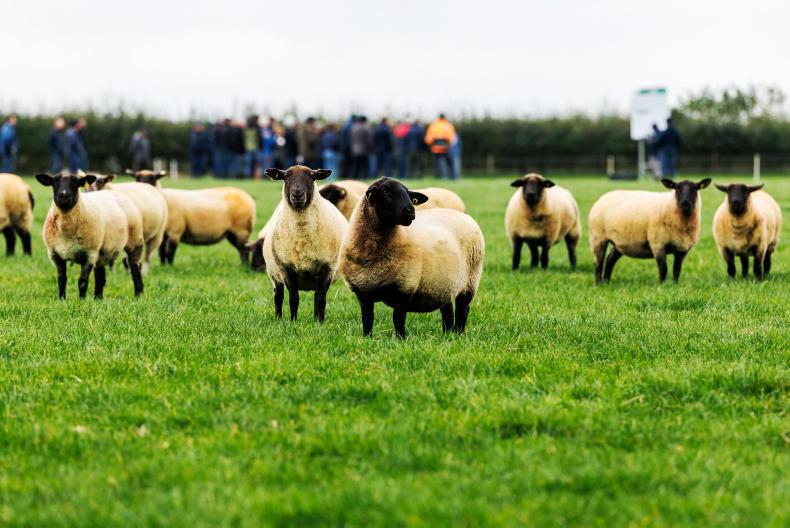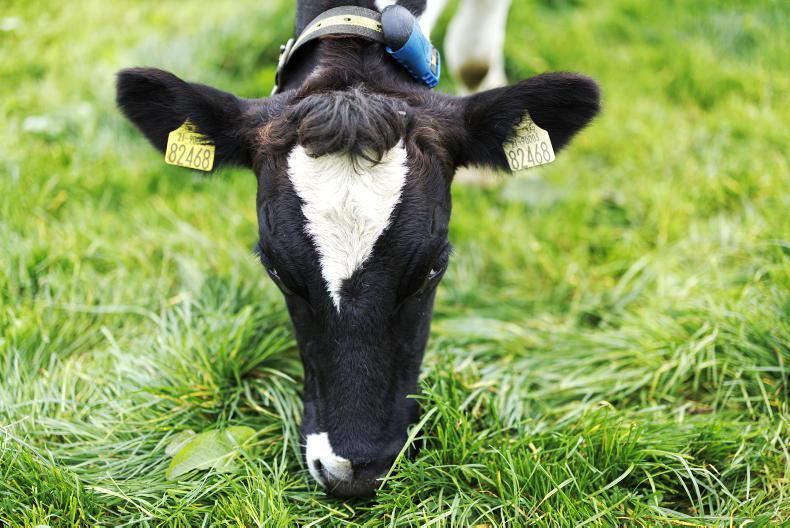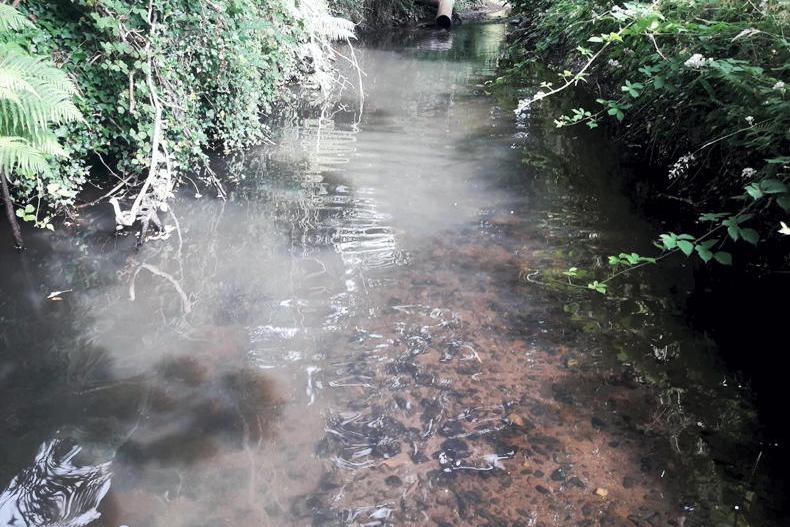The current heatwave is forecast to peak on Saturday and Sunday, with temperatures reaching 27 degrees and possibly even higher in places.
These sort of temperatures have the potential to trigger issues that would not normally be seen and, as such, it is important that farms take appropriate action to prevent problems from emerging.
One such risk is heat-related fertility issues in rams.
The current temperatures experienced have the potential to have detrimental effects on the quality of semen if a ram’s body temperature exceeds 40C.
Highest risk
The rams likely to be facing the highest risk are those which are on an intensive concentrate-based diet and do not have access to good shelter during peak daytime temperatures.
Ram lambs on an intensive diet will already be under pressure in digesting high levels of concentrates, with the spike in temperatures potentially pushing body temperatures into dangerous territory.
Such a scenario occurred in 2018, with some rams that were exposed to high temperatures experiencing temporary fertility issues or testing with poor-quality semen six to seven weeks later.
This is especially a concern where early lambing is being practiced, with semen quality typically returning to normal in 2018.
Good shelter and access to water
It is important to ensure that rams have good access to shelter and a convenient water supply.
Delving deeper into the latter point, rams may not leave shelter freely to seek out water if they are facing heat stress and, as such, a temporary water supply may need to be provided adjacent to where rams are eating and sheltering.
Where no shelter is readily available, then rams should be moved into paddocks where mature hedging or trees are present.
Another good option, if it is feasible, is to allow rams to have access to a shed with good ventilation.
Pedigree flocks
The most immediate threat is to pedigree flocks and early lamb producers which will be breeding in the coming weeks, with any rams which may be affected and destined for mid-season lamb production likely to have improved semen quality by the time breeding is taking place.
It may be prudent for early lamb producers to have a back-up plan in place and back-up rams in place if there is a fear issues are likely to occur.
Safe transport of sheep
Transporting livestock during peak temperatures can also trigger an increased risk of issues.
This is true of ram lambs for the reasons outlined above, while there is also a risk of animals succumbing to intense heat where they are packed tightly and the appropriate stocking rate is not adhered to.
Sheep that go down in a load will survive for a much shorter timeframe, so it is wise to make regular stops to check that all animals are standing.
Sunburn in freshly shorn sheep
While this is likely to affect only a small number of animals, it is important to provide freshly shorn sheep with shelter to prevent their skin getting sun burnt.
Sheep should be flocked where possible early in the morning or later in the evening.
Access to water
It is also important to ensure that all animals have free access to water.
Animals that are being offered creep feed and later-lambing ewes which are still suckling lambs and producing milk will have a particularly high water intake demand.











SHARING OPTIONS